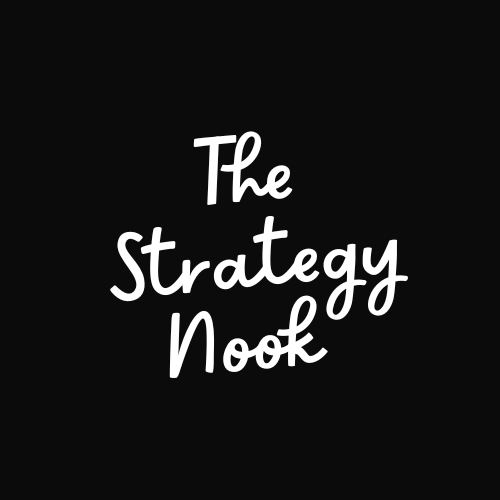Look, I get it. You either spent good money on a website that looks amazing but doesn't actually sell anything, or you've been putting off fixing that site you threw together three years ago because "it works fine."
Here's the thing: both scenarios are costing you money.
I see it all the time. Beautiful sites that convert about as well as a chocolate teapot. Ugly sites that make people bounce faster than a bad check. It's frustrating because the fixes are usually pretty simple.
Your website should be doing two things: looking professional enough that people trust you, and being optimized enough that they actually buy from you. If it's not doing both, you're leaving money on the table.
Your site Is too slow
Every extra second your page takes to load costs you about 7% in conversions. Think about that. If your site takes 5 seconds to load instead of 2, you're literally watching 21% of your potential revenue walk out the door.
And before you say "but my site feels fast to me!" Of course it does. You've probably got fiber internet and you visit your own site constantly (so it's cached). Your visitors are probably viewing on their phone with a spotty connection.
Here's what you can do: Run your site through Google PageSpeed Insights. If your scores are in the red, start with image compression. That 4MB hero image isn't impressing anyone if they never see it because they left before it loaded. Also, clean up unnecessary plugins and scripts—half of them probably aren't even doing anything useful anymore.
Visitors can't figure out what you do
I cannot tell you how many sites I've seen where I spend five minutes clicking around and still have no idea what the person or company actually does. Your visitors aren't here to decode what you do for a living. They want to know what you do, who you help, and how much it costs. If your site feels like a riddle wrapped in consultant speak, people will bounce.
I see this all the time with sites that look professional but leave visitors confused. Maybe you're a plumber, but your homepage just says you "provide comprehensive residential solutions." Or you're a photographer who offers "creative visual experiences" without mentioning weddings, portraits, or anything specific. The actual content and structure don't tell a clear story.
The fix is simpler than you think: Look at your homepage with fresh eyes. Can someone who's never heard of you understand what you do within 10 seconds? If not, cut the fluff and lead with clarity. Instead of "I help businesses succeed," try "I handle your bookkeeping so you can focus on growing your restaurant." Be specific, not clever.
You haven't built any trust
Nobody knows who you are. Sad, but true. That beautiful About page with your company's "story" and "mission"? Cute, but it's not going to convince someone to hand over their credit card.
You know what will? Proof that other people have worked with you and didn't regret it.
This is where most small businesses and service providers drop the ball completely. They assume people will just...trust them? Because they seem nice? That's not how buying decisions work, especially online.
What actually works: Add client logos to your homepage, even if they're local businesses, people recognize names. Include one specific testimonial (not "Great service! Would recommend!" but something like "Sarah helped us increase our email list by 300% in six weeks"). Show security badges if you handle sensitive data.
Basically, borrow credibility until you earn your own.
The reality
Here's what's funny (in a not-actually-funny way). None of these problems require a complete website overhaul or a massive budget. They're more like...maintenance. Like changing the oil in your car or cleaning your gutters.
But somehow, we all get so caught up in the big picture stuff—the rebrand, the new design, the latest trends—that we ignore the basics. Meanwhile, our websites are quietly sabotaging our business.
So yeah, your site might be costing you money. But the good news? Now you know where to look.


